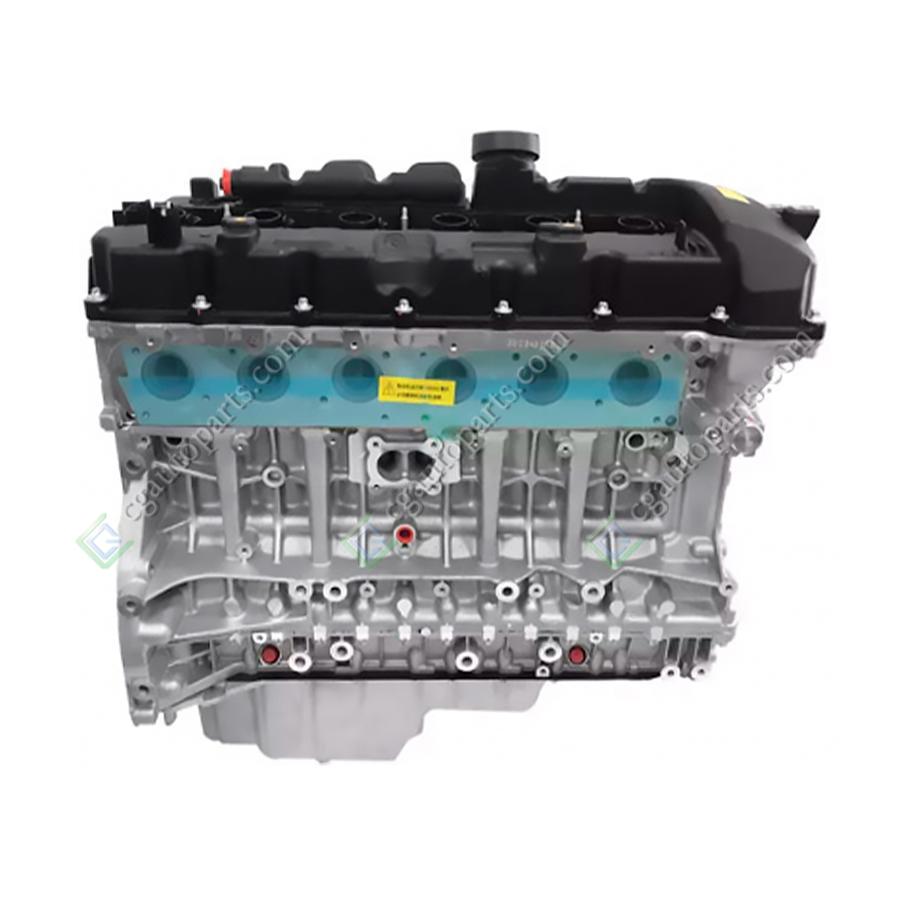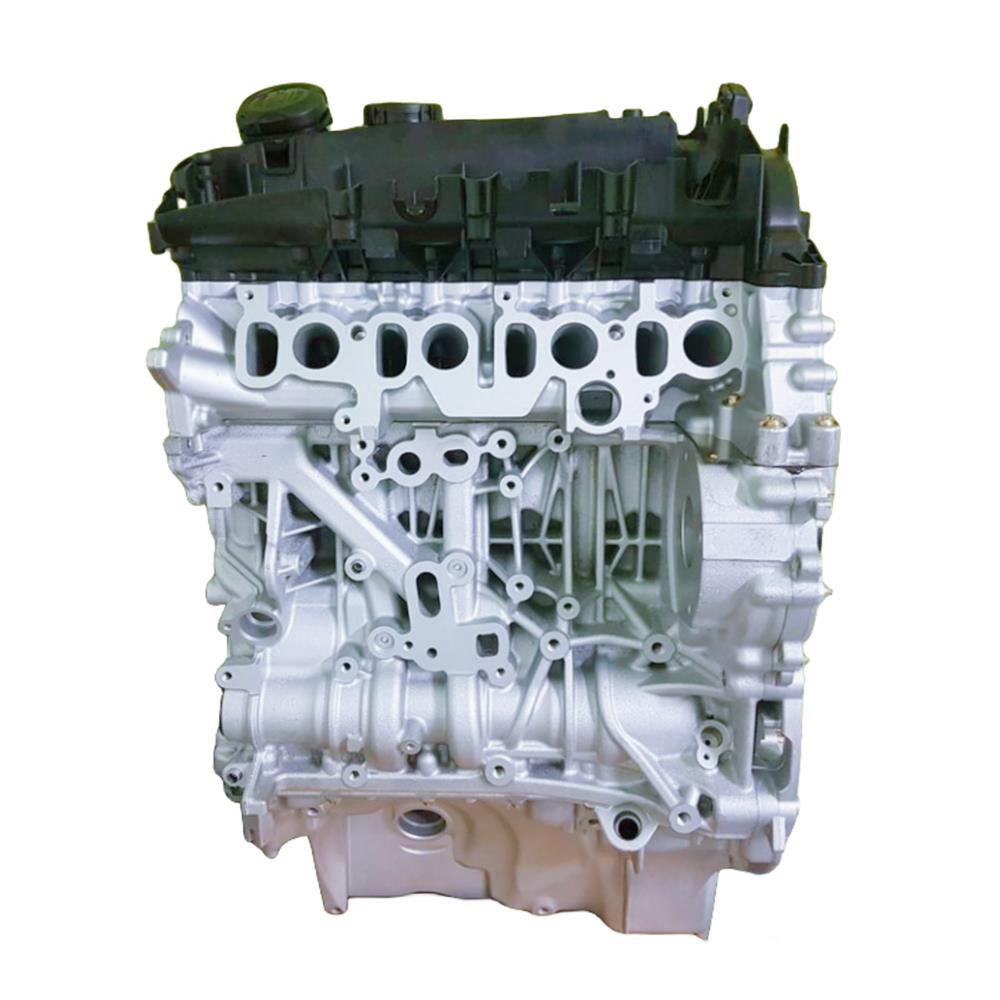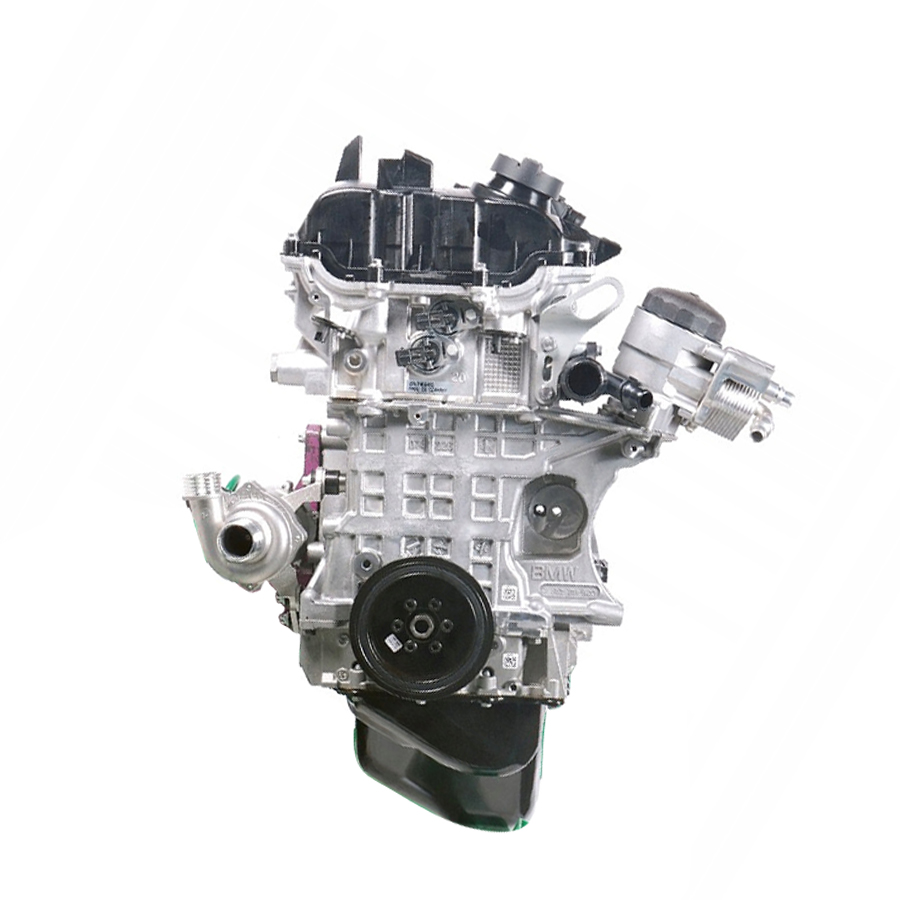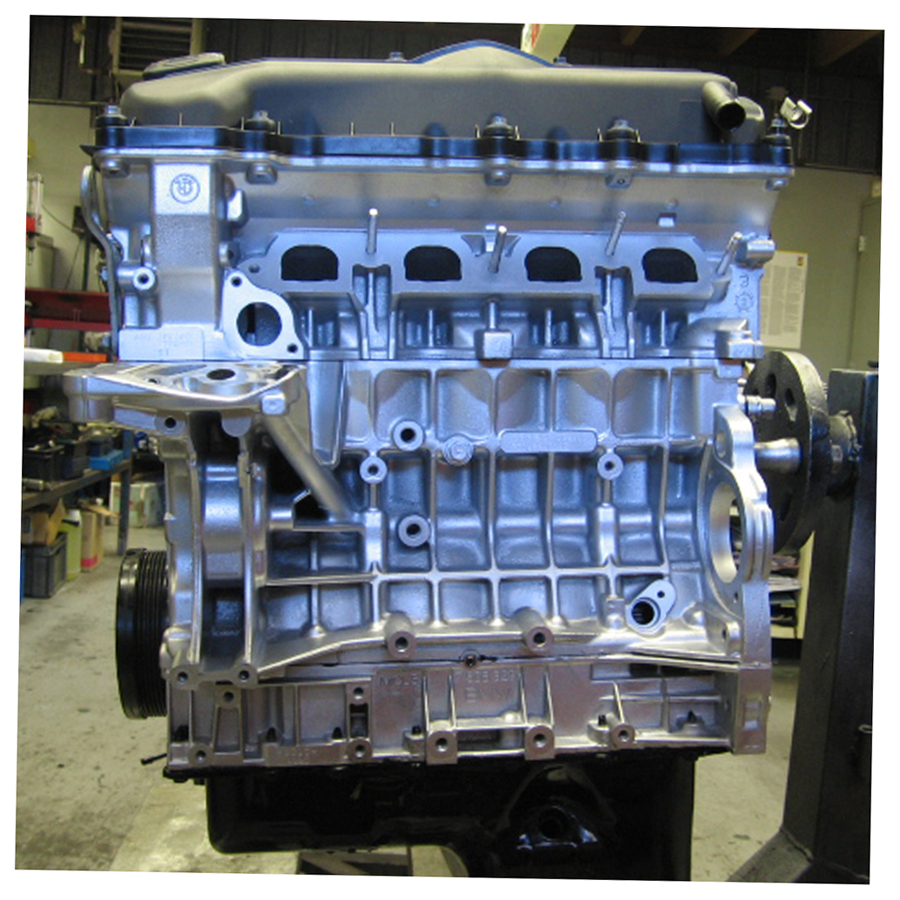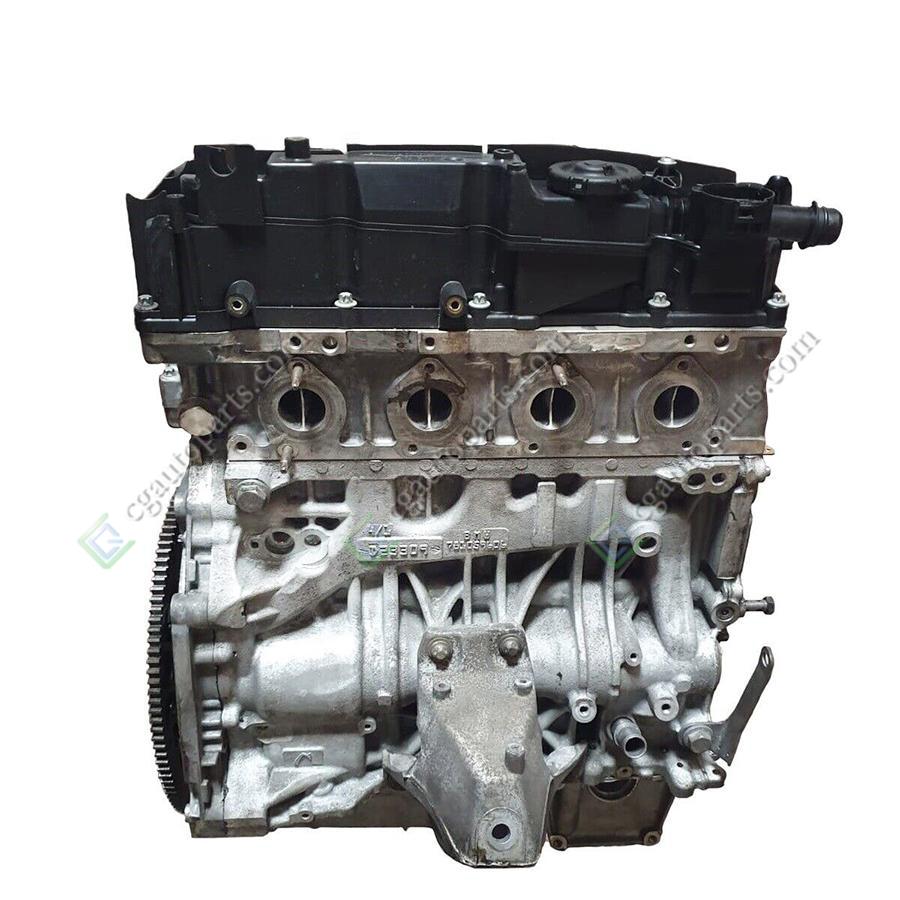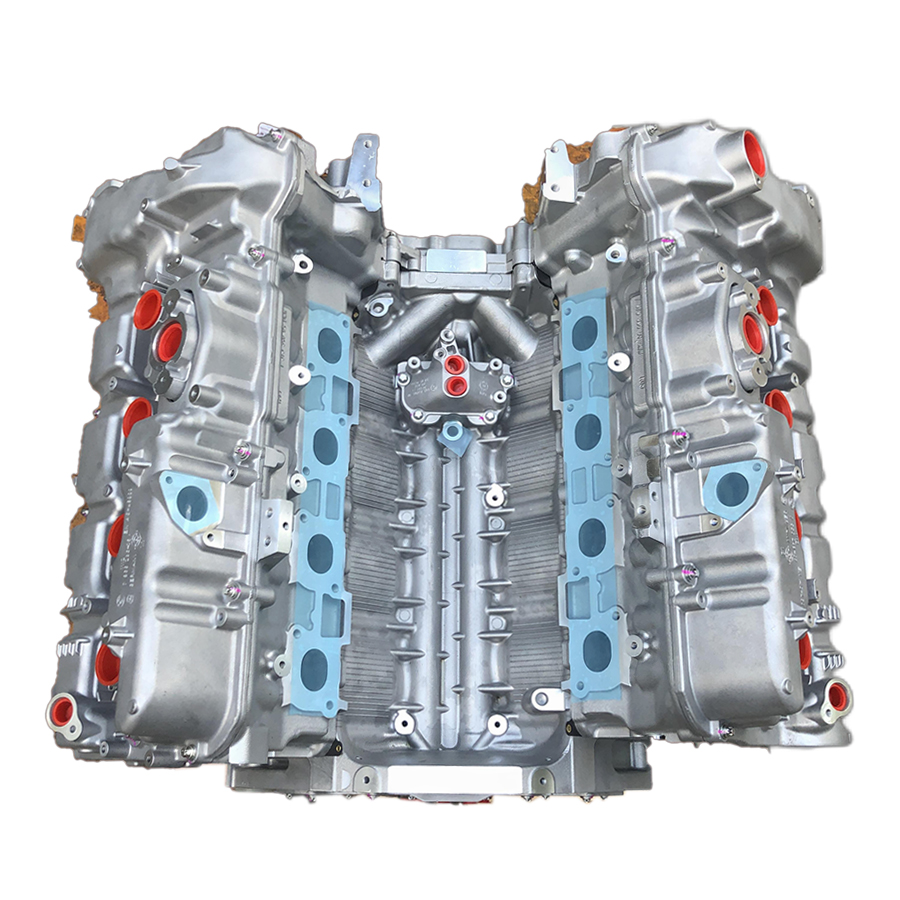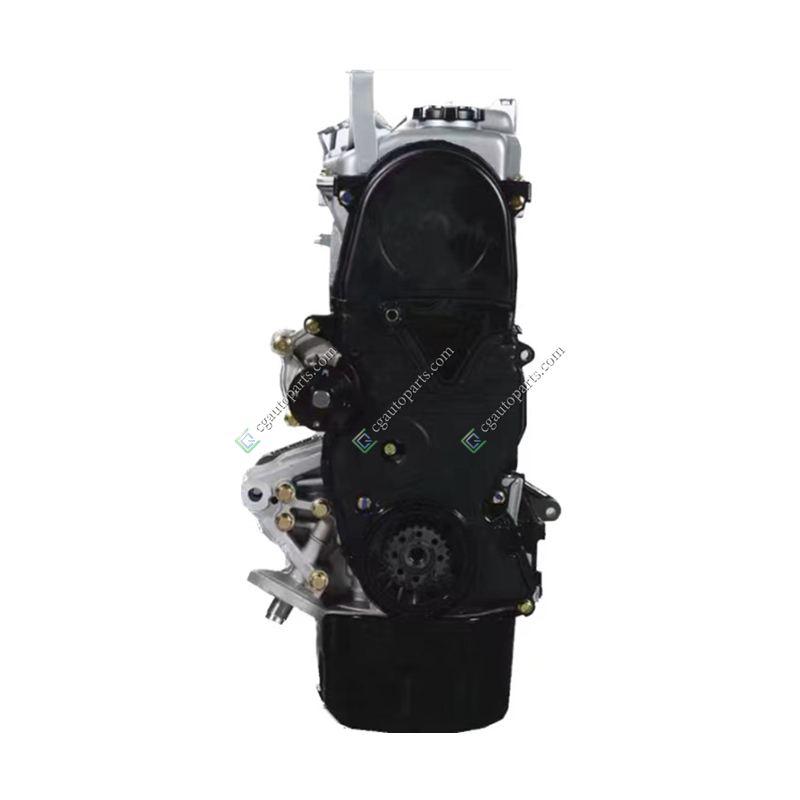COMPLETE ENGINE : Engine Mitsubishi 4G15
PRODUCT INTRODUCTION
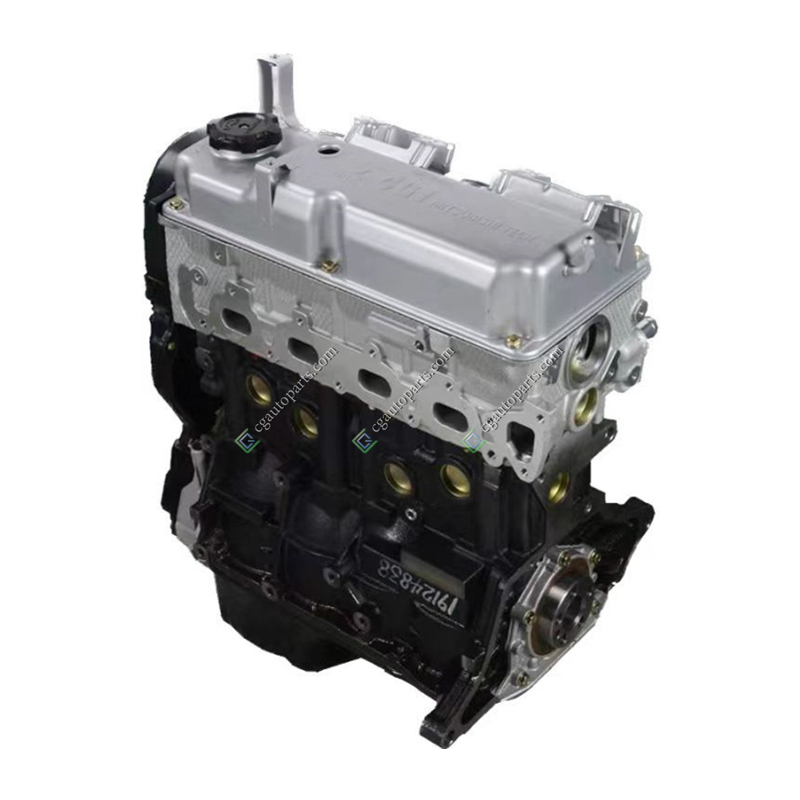
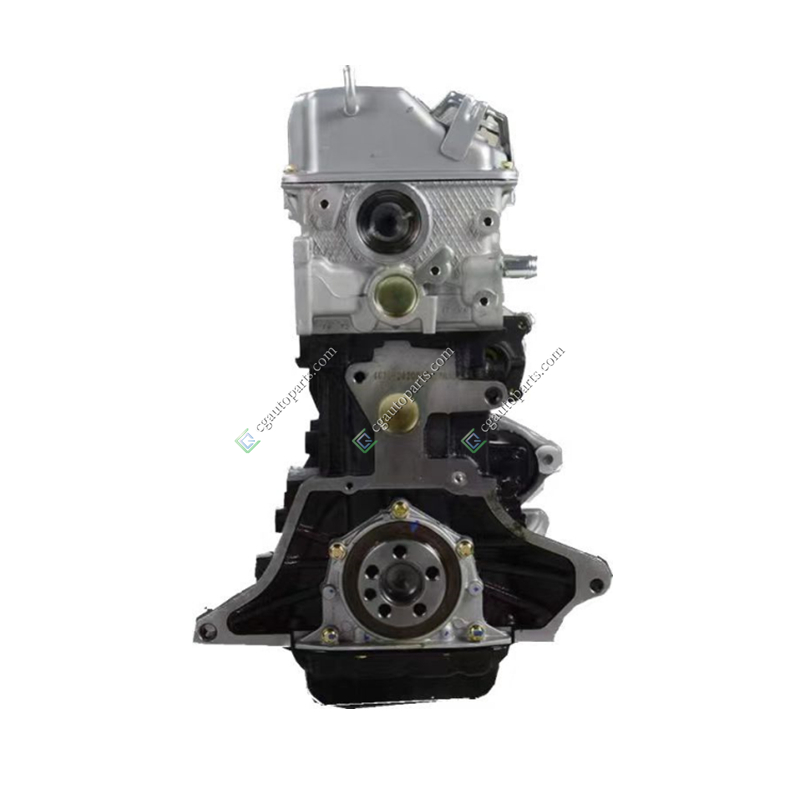



The 1.5-liter Mitsubishi 4G15 engine was produced by the Japanese concern from 1985 to 2012, and then its assembly continued in China, where it is still installed on many local models.


Specifications
Production years |
1985-2012 |
Displacement, cc |
1468 |
Fuel system |
carburetor (G15B Carburetor SOHC 8v) |
Power output, hp |
70 – 73 (Carburetor SOHC 8v) |
Torque output, Nm |
110 – 115 (Carburetor SOHC 8v) |
Cylinder block |
cast iron R4 |
Block head |
aluminum 8v (Carburetor SOHC 8v) |
Cylinder bore, mm |
75.5 |
Piston stroke, mm |
82 |
Compression ratio |
9.0 (Carburetor SOHC 8v) |
Timing drive |
belt |
Recommended engine oil |
5W-30, 5W-40 |
Engine oil capacity, liter |
3.6 |
Fuel type |
petrol |
Euro standards |
EURO 1 (Carburetor SOHC 8v) |
Fuel consumption, L/100 km (for Mitsubishi Lancer 1995) |
9.4 |
Engine lifespan, km |
~300 000 |
Weight, kg |
133 (with attachments) |




